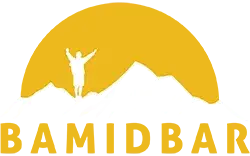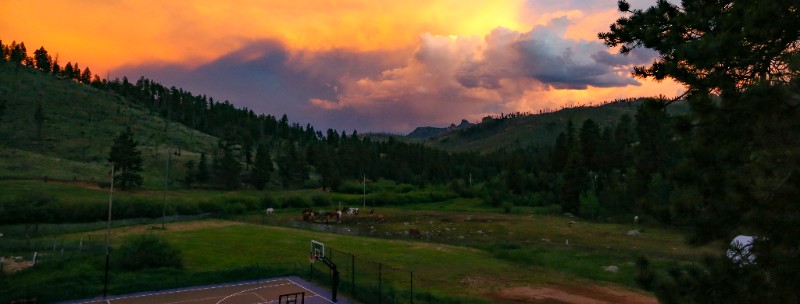It’s hard to believe three months have already passed since I joined the Ramah in the Rockies team to move BaMidbar Wilderness Therapy from an inception to reality. Over the coming months I’ll be using this blog to dive into particular program development topics in more detail. Today I want to provide a brief overview of where we are to date.
Over the past few months, friends, family, and colleagues have asked me: how do you even begin? For me, it all begins at the end. As a mission-driven program, it is essential that we start with why. Why does this matter? Why are we creating this program, and why is Ramah in the Rockies the right organization to take on this task? Why should anyone care, and what does success look like? As Yogi Berra sagely said, “If you don’t know where you’re going, you’ll end up someplace else.” Thus, after defining our Mission, Vision, and Values Statements, the next step was to outline our outcomes and end goals. For every single decision point, we need to be able to evaluate if we’re doing something because “that’s how it’s always been done” in the outdoor behavioral healthcare field, or if we’re making that decision because we know it magnifies our impact and helps us achieve our identified outcomes. To create the most impactful program possible, it is absolutely essential that we always have our outcomes in mind as we make decisions. Thus, the first step for me was the logic model.
The logic model is a commonly used tool that helps non-profits understand the causal relationship between the resources we put into our programs, the program activities we lead, and how and why these resources and activities lead to our outcomes. By clearly defining our end goals (i.e, where we’re going), we can better determine which program elements are central to our mission, and how we invest resources to ensure greatest impact (i.e., how we get there). While I could focus this entire blog post (and probably many more) just on the logic model process, I recognize you may not be as excited about that process as I am. Needless to say, by speaking with countless wilderness therapy graduates and their families, consulting with multiple experts in the field, and considering Ramah in the Rockies’ proven successes integrating Judaism with outdoor adventure and community connection, we arrived at our how and why. Our program philosophy is decided and our outcomes are established.
Next it was time to define the inputs — the resources needed to make these outcomes possible. By using the budgeting process to put a detailed picture to our program, we were able to create a blueprint for program success. We defined our staffing and administrative needs, facility and masaot (excursion) essentials, program schedule and start dates, Year 1 capacity limits and much, much more.
In three short months, we have identified our program outcomes, created a clear picture of the program itself, detailed a realistic financial plan, and established a solid understanding of the resources needed to make this program possible.
We have made incredible headway, but still have so much to accomplish before we open programming in January 2018. Moving forward, we are engaging a clinical consultant who will help us explore various clinical models as well as outline our admissions and intake policies and procedures. That position description will be posted by Friday, December 9th. Stay tuned and check out our website and Facebook page if interested in learning more about BaMidbar Wilderness Therapy.

